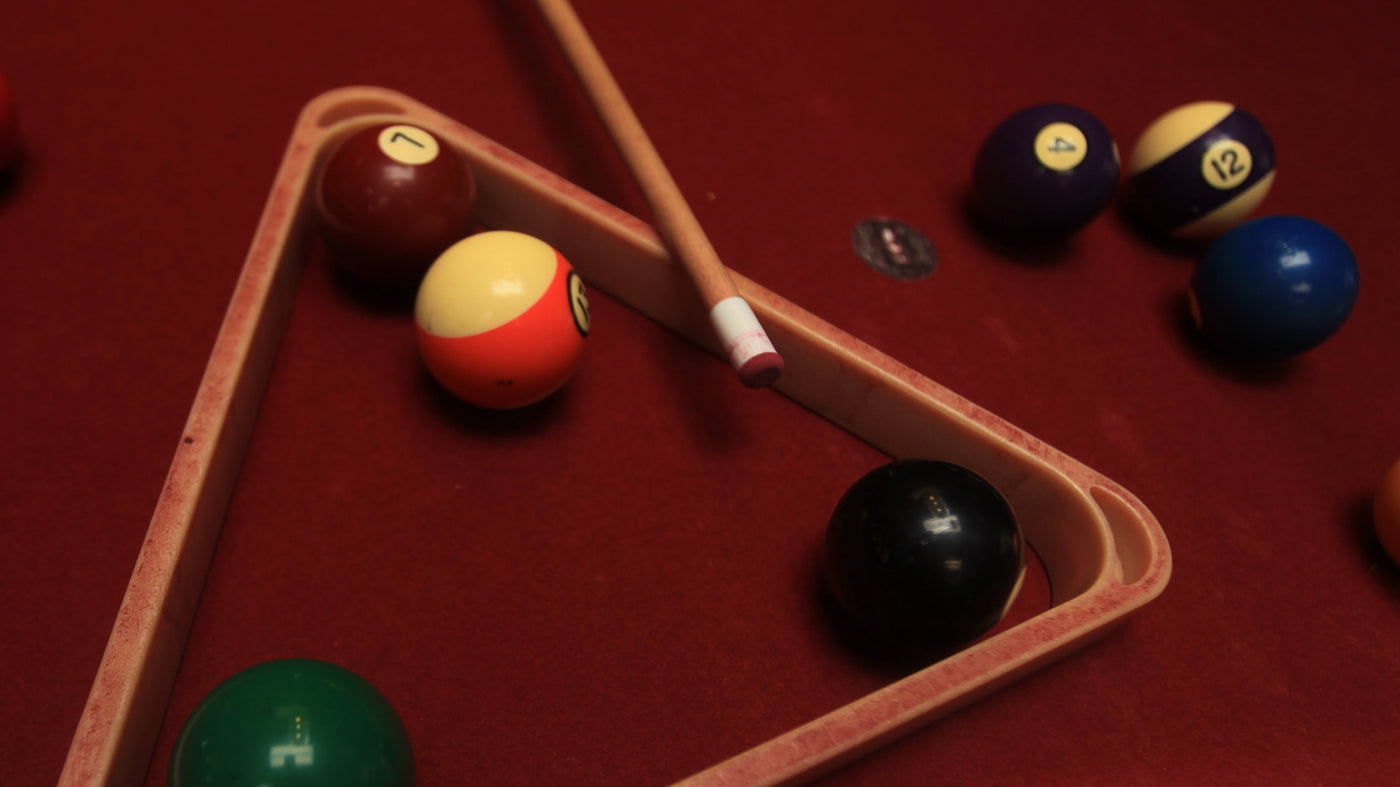In the world of billiards, mastering the art of holding a pool stick is as essential as making that perfect shot. Whether you're a beginner or looking to refine your skills, the way you hold your cue stick can significantly impact your game. In this article, we'll share our expertise on how to hold a pool stick properly. We'll delve into the mechanics, techniques, and reasons behind the suggestions, ensuring you gain a solid grasp of this fundamental aspect of the game.
Article Outline
- The Basics: The Fundamentals of Cue Holding
- Mastering the Stance: Establishing Your Foundation
- Advanced Techniques: Elevate Your Game
- Conclusion
- FAQs: Your Questions Answered
The Basics: The Fundamentals of Cue Holding
Choosing the Right Grip
When it comes to correctly grasping a pool cue, your grip is the linchpin of your success. Your bridge hand, the one that rests on the table, must establish a sturdy foundation. Striking the right balance between firm and relaxed is essential. Squeezing the cue too tightly introduces tension, which can wreak havoc on your shot accuracy and consistency.
Pro Tips for Your Bridge Hand
- Relaxed Control: A relaxed bridge hand with gentle fingers is the key. Avoid a death grip, as it hinders precision.
- Steady Platform: Ensure your hand lies flat on the table, forming a solid bridge to guide your cue.
- Personal Comfort: Experiment with the width of your bridge hand. Some players prefer a wide span, while others prefer a narrower grip. The choice is yours - find what feels right.
Cue Hand Position Matters
Your cue hand, the one that grasps the rear end of the cue, is equally pivotal for holding correctly a pool cue. This hand's position dictates your control and accuracy when striking the cue ball.
Perfecting Your Cue Hand Position
- The Open V: The ideal cue hand forms an open V-shape, guided by your thumb and index finger. This creates a stable and precise stroke.
- Stay Relaxed: Just like with the bridge hand, maintain a relaxed cue hand. Tension can introduce unwanted spin on the cue ball.
- Elbow Alignment: Ensure that your cue hand's elbow aligns with your cue, setting the stage for a straight and accurate shot.
Mastering the Stance: Establishing Your Foundation
Positioning Your Stance
Your body's positioning around the pool table is not to be underestimated. Your stance can greatly affect balance, reach, and, ultimately, your control over the cue ball.
Stance Insights
- Square Up: Stand square to your intended shot. This creates a stable platform for your stroke.
- Balance Your Weight: Evenly distribute your weight between the front and back foot. This minimizes swaying and fosters a consistent stroke.
- Adjust for Reach: For those challenging, long shots, step forward while maintaining balance. Your rear foot should pivot naturally, ensuring a fluid motion.
The Power of Chalking
Chalking your cue may seem like a minor detail, but it's far from trivial. Properly chalked cues offer enhanced grip on the cue ball, reducing the risk of miscues.
Chalking Techniques
- Chalk Before Each Shot: Make it a ritual to chalk your cue before every shot. It's better to over-chalk than under-chalk for a secure grip.
- Circular Application: Use a circular motion to evenly coat your cue tip with chalk. This prevents bald spots, which can lead to unexpected miscues.
Advanced Techniques: Elevate Your Game
Fine-Tuning Your Stroke
Once you've grasped the essentials of how to hold a pool stick, it's time to hone your stroke. Your stroke is the linchpin of accuracy and consistency.
Stroke Enhancement Strategies
- Back and Forth Rhythm: Regularly practice your backswing and forward stroke. A smooth, controlled motion is your path to precise shots.
- Follow Through: Extend your follow-through after cue ball contact. This ensures a straight path and controlled spin.
- Control the Power: Experiment with the force you put into your stroke. A lighter touch can be just as effective as a powerful strike in many scenarios.
Building Your Billiards Skillset
Becoming a skilled billiards player isn't just about the grip; it's about mastering angles, spin, and strategic thinking.
Learning Resources
- Billiards Digest: This website is a treasure trove of articles, tutorials, and expert advice for billiards enthusiasts.
- Dave's Pool and Billiards Instruction: Dr. Dave offers a deep understanding of billiards techniques and strategies.
Conclusion
Mastering your grip on the pool stick and the overall technique is an ongoing journey of improvement. By mastering the fundamentals and committing to consistent practice, you'll witness remarkable progress in the world of billiards. Remember, every great player was once a beginner, and it all starts with an understanding of how to hold a pool stick.


